Introduction
Emergencies can strike at any time, from natural disasters like hurricanes and earthquakes to unexpected events like power outages or pandemics. Being prepared can make all the difference in ensuring your safety and well-being. In this comprehensive guide, we’ll provide an emergency preparedness checklist that includes must-have supplies and actionable plans to help you and your family stay safe during any crisis.
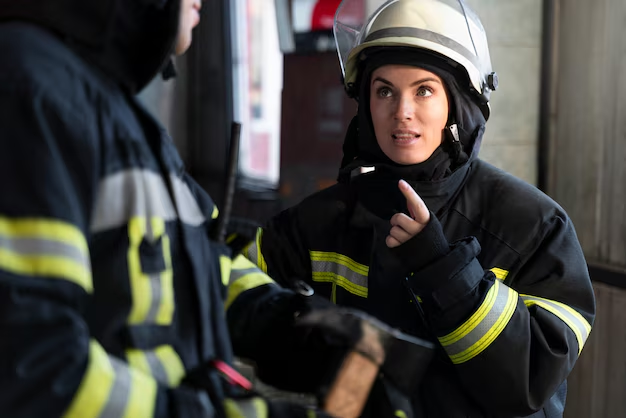
Why Emergency Preparedness Matters
Emergency preparedness is not just about having the right supplies; it’s about having a plan and knowing how to respond when disaster strikes. According to FEMA (Federal Emergency Management Agency), only 39% of Americans have a disaster preparedness plan. Being prepared can reduce stress, save lives, and minimize damage during an emergency.
Emergency Preparedness Checklist: Must-Have Supplies
1. Water and Food
Water and food are the most critical supplies in any emergency.
- Water: Store at least one gallon of water per person per day for at least three days.
- Non-Perishable Food: Stock up on canned goods, dried fruits, nuts, and other items that don’t require refrigeration or cooking.
- Manual Can Opener: Don’t forget a tool to open canned foods.
2. First Aid Kit
A well-stocked first aid kit is essential for treating injuries and illnesses.
- Basic Supplies: Bandages, antiseptic wipes, gauze, adhesive tape, and scissors.
- Medications: Include prescription medications, pain relievers, and allergy medications.
- First Aid Manual: A guide to help you handle medical emergencies.
3. Emergency Lighting and Power
Power outages are common during emergencies, so having alternative lighting and power sources is crucial.
- Flashlights: Include extra batteries or opt for hand-crank flashlights.
- Candles and Matches: Use candles cautiously and keep them away from flammable materials.
- Portable Charger: A solar-powered or battery-operated charger for your phone.
4. Communication Tools
Staying informed and connected is vital during an emergency.
- Battery-Powered Radio: A NOAA weather radio can provide updates on the situation.
- Whistle: Use it to signal for help if needed.
- Emergency Contact List: Include phone numbers for family, friends, and local emergency services.
5. Clothing and Bedding
Proper clothing and bedding can help you stay warm and dry.
- Warm Clothing: Include jackets, hats, gloves, and sturdy shoes.
- Blankets: Thermal or emergency blankets are lightweight and effective.
- Rain Gear: Ponchos or waterproof jackets to stay dry.
6. Hygiene and Sanitation Supplies
Maintaining hygiene is essential to prevent illness during an emergency.
- Hand Sanitizer: Use when water is unavailable.
- Soap and Towels: For cleaning hands and surfaces.
- Toilet Paper and Trash Bags: For sanitation needs.
7. Tools and Supplies
Having the right tools can help you address minor repairs and navigate your surroundings.
- Multi-Tool or Swiss Army Knife: Useful for various tasks.
- Duct Tape: For quick fixes and repairs.
- Local Maps: In case GPS or internet services are unavailable.
8. Important Documents
Keep essential documents safe and easily accessible.
- Identification: Passports, driver’s licenses, and birth certificates.
- Insurance Policies: Home, auto, and health insurance documents.
- Emergency Plans: Copies of your family’s emergency plan.
9. Cash and Emergency Funds
ATMs and credit card machines may not work during a crisis.
- Small Bills: Keep cash in small denominations for easier transactions.
- Emergency Fund: Set aside money for unexpected expenses.
10. Special Needs Items
Consider the unique needs of your family members.
- Baby Supplies: Formula, diapers, and baby food.
- Pet Supplies: Food, water, and leashes for your pets.
- Medical Equipment: Extra batteries for hearing aids or other devices.
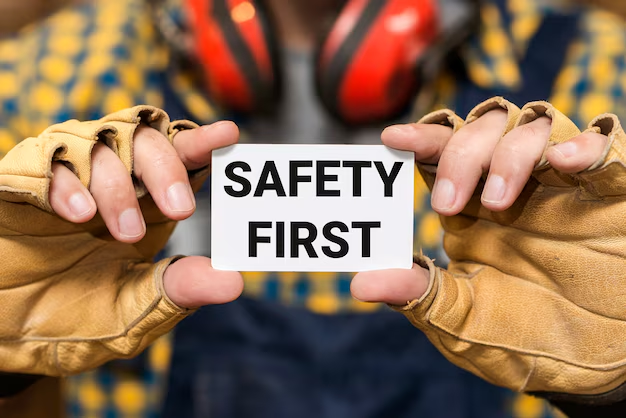
Emergency Preparedness Plans
Having the right supplies is only part of the equation. A solid emergency preparedness plan ensures everyone knows what to do during a crisis.
1. Create a Family Emergency Plan
- Meeting Points: Designate safe locations to meet if you’re separated.
- Communication Plan: Decide how you’ll contact each other if phones are down.
- Roles and Responsibilities: Assign tasks like gathering supplies or caring for pets.
2. Know Your Evacuation Routes
- Local Shelters: Identify nearby shelters and their locations.
- Multiple Routes: Plan alternate routes in case roads are blocked.
- Transportation: Arrange for transportation if you don’t have a car.
3. Stay Informed
- Emergency Alerts: Sign up for local emergency alerts and notifications.
- Weather Updates: Monitor weather forecasts and warnings.
- Community Resources: Know where to find help in your area.
4. Practice Your Plan
- Drills: Conduct regular emergency drills with your family.
- Review and Update: Update your plan as needed, especially if your family’s needs change.
Tips for Effective Emergency Preparedness
- Start Small: Build your emergency kit gradually by adding a few items each week.
- Rotate Supplies: Check expiration dates and replace items like food, water, and medications regularly.
- Involve Everyone: Ensure every family member knows the plan and where supplies are stored.
- Stay Calm: A clear mind is your best tool in an emergency.
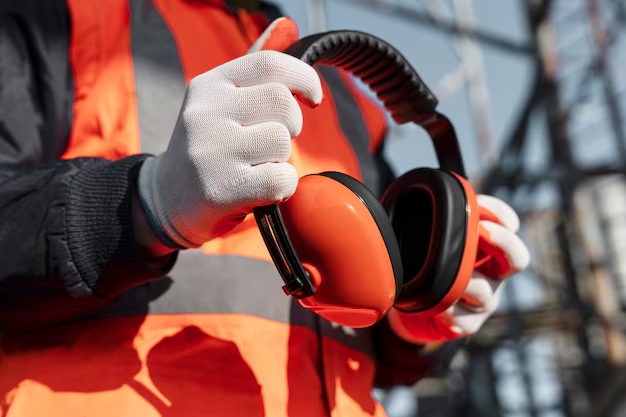
Conclusion
Emergency preparedness is not a one-time task but an ongoing process. By following this emergency preparedness checklist, you can ensure that you and your family have the supplies and plans needed to stay safe during any crisis. Remember, being prepared can make all the difference when disaster strikes.
- Stock up on water, food, and first aid supplies.
- Prepare emergency lighting, communication tools, and clothing.
- Keep important documents and cash in a safe place.
- Create a family emergency plan and practice it regularly.
- Stay informed and update your plan as needed.
FAQs
1. How much water should I store for emergencies?
Store at least one gallon of water per person per day for at least three days.
2. What should I include in a first aid kit?
Bandages, antiseptic wipes, medications, and a first aid manual are essential.
3. How can I stay informed during an emergency?
Sign up for local emergency alerts and monitor weather updates.
4. What’s the most important part of an emergency plan?
Communication is key. Ensure everyone knows how to contact each other and where to meet.
5. How often should I update my emergency supplies?
Check and replace supplies every six months, especially food, water, and medications.
By following this emergency preparedness checklist, you’ll be ready to face any crisis with confidence. Stay safe, stay prepared, and remember that being proactive can save lives.
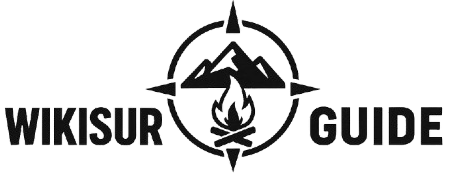
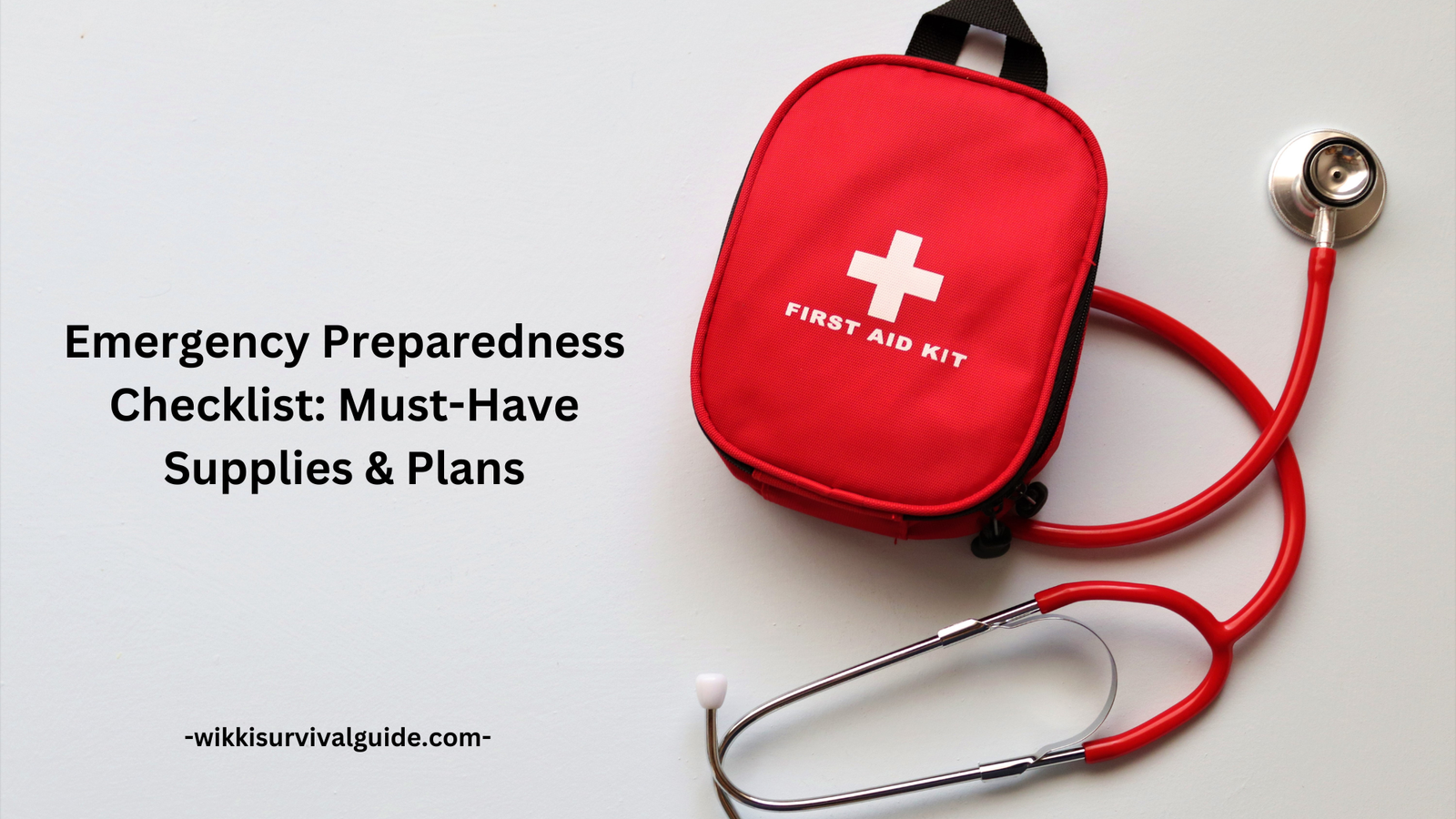
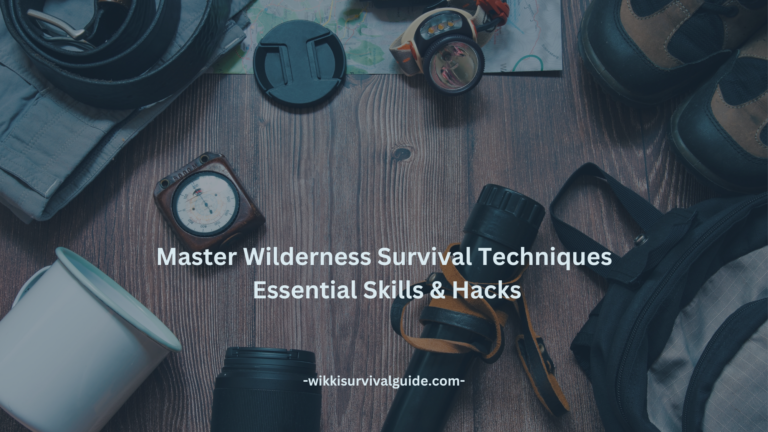
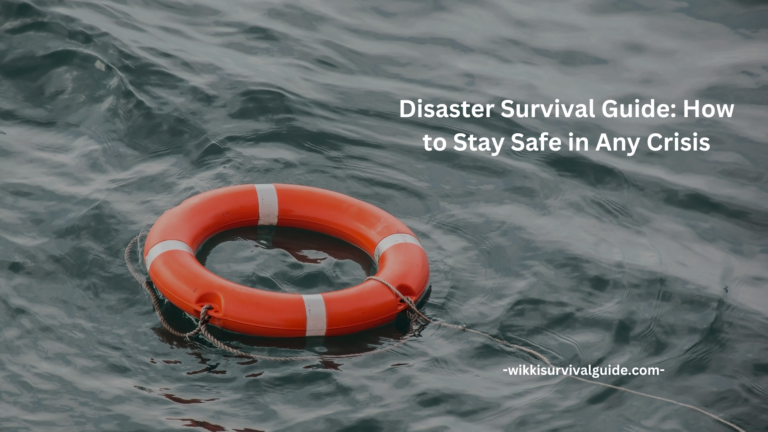
Leave a Comment